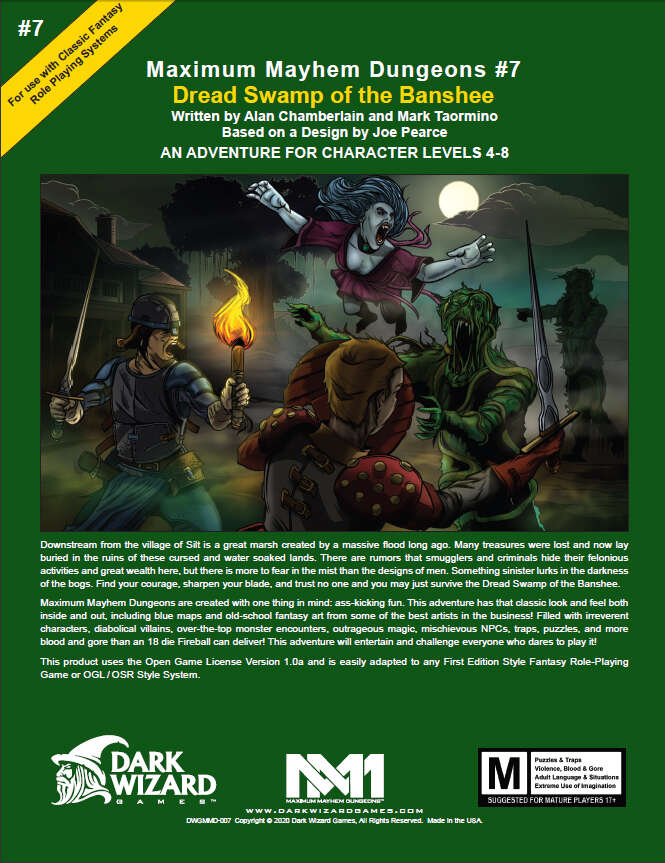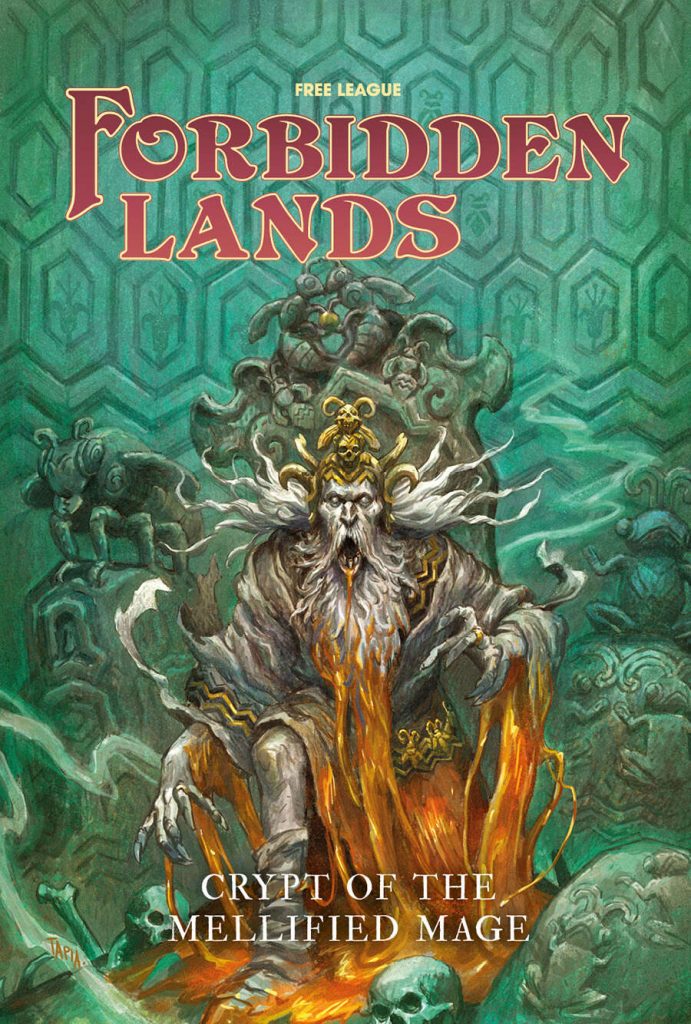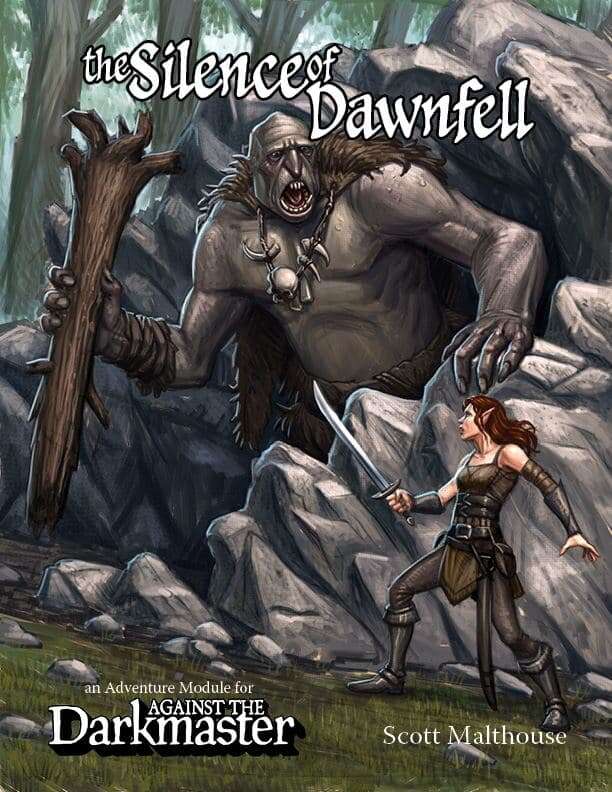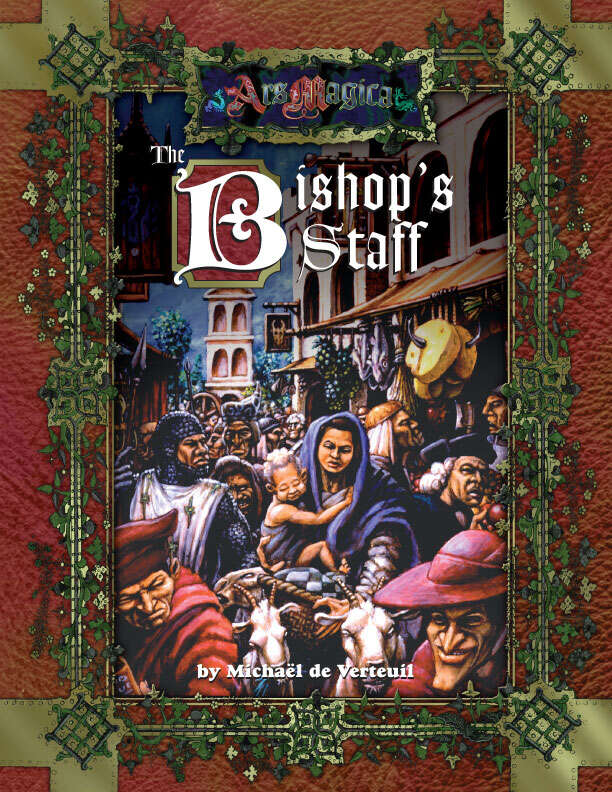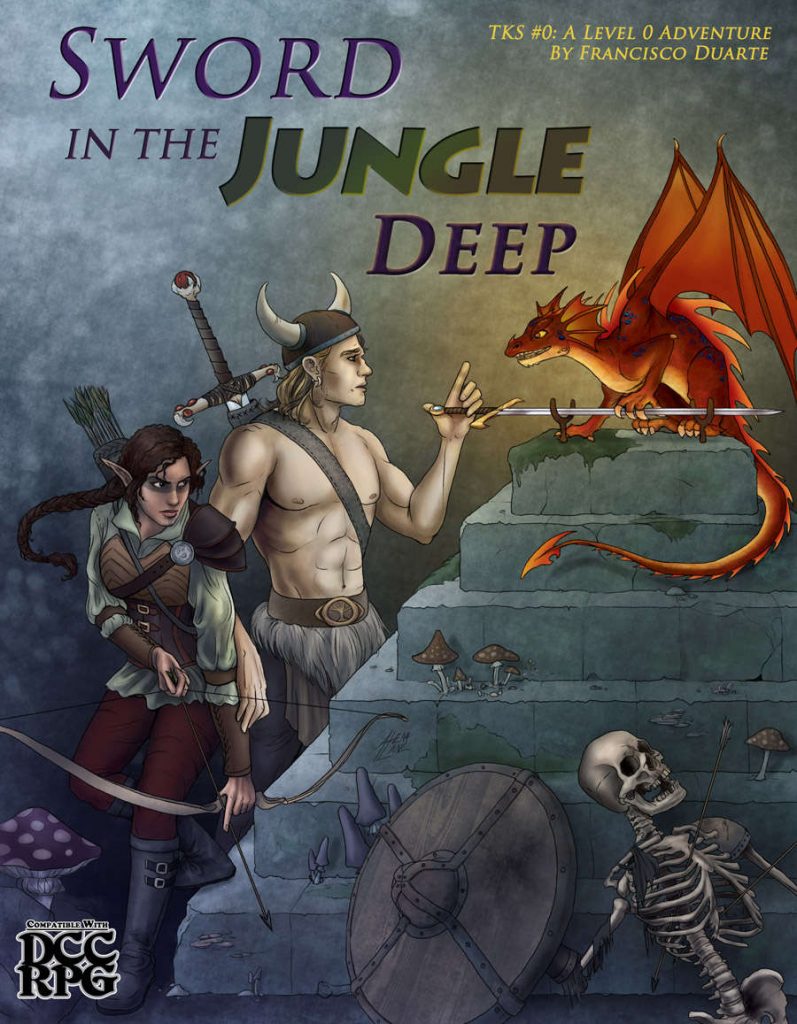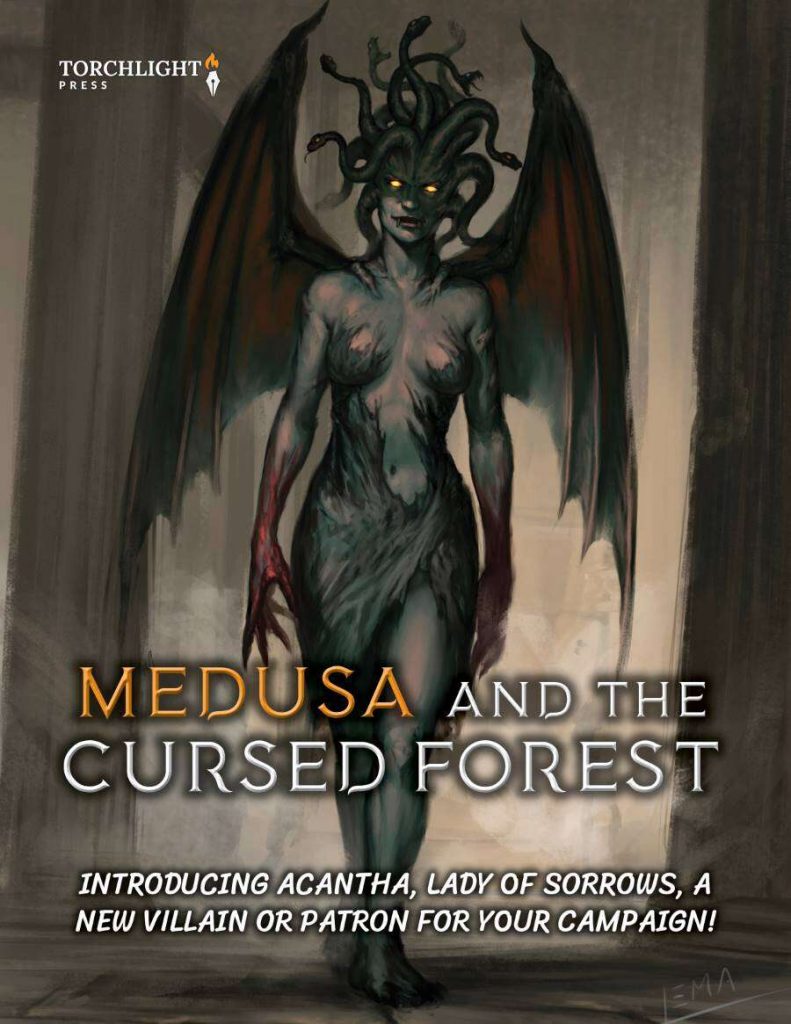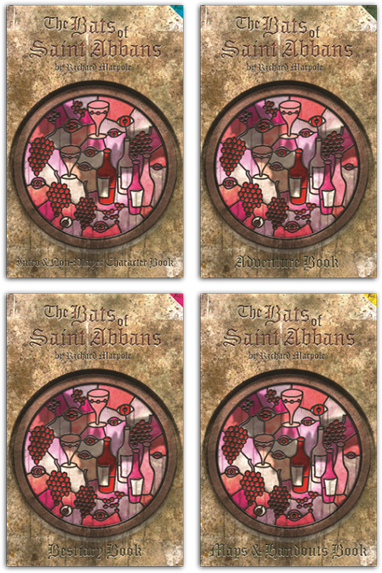
By Richard Marpole MonkeyBlood Design S&W Levels 1-3
The once-respected Abbey-Cathedral of Saint Abbans has stood at the top of Wellholy Hill for centuries. Revenue is scarce and the abbey is falling into disrepair. To make matters worse, church bats have now infested the upper reaches of the building. They are causing a dangerous nuisance and further damaging the precarious structure. Abbess Jessamine is looking for brave souls without fear of heights to ascend the cavernous cathedral and bring the problem under control. Maybe, just maybe, that’s you?
This 155 page labour of love uses fifty pages to describe a cathedral and the bat problem it has. As a philistine I find a lot of interesting content from a pseudo-historical and world building perspective, and not much of an adventure.
Companion to Owls is a Bryce-approved sci-fi short story set on the roof of a giant church. And by giant I mean “So big that there are small villages on the church, along with communities and so on.” This reminds me of that. This cathedral isn’t that big, but it is set in a “working” cathedral in which the upper portions are off limits and where “Blind ghosts and other oddities stalk the upper levels, whilst demons assault the roof at night.”
And cool things this adventure has in spades. Blind ghosts, and others, stalking bout the upper reaches. A grim walled up. Other rooms with skeletons (the non stab you kind of them) are buried under rubble. Some THING locked in a cell. A tribe of little mouselings who run their OWN abbey to the exact same god in the upper reaches of the attic. And, of course, a group of giant bats that are not quite intelligent, but can engage in mimicry, wear clothes, and each having their own quirks of what they are attracted to. The abbey wants to have a big festival in three days and they need those pesky bats gone! Oh, and somewhere in 150 pages ia a VERY simple flowchart of how the adventure could progress, but, in a bit of foreshadowing, it doesn’t really matter. Just wander around and kill the things. Or, you could go question every NPC in the abbey and town (a half page provided for each!) and try to learn what each of the bats is attracted to so you can lure them somewhere. Or, byu talking to enough people you could learn that there’s a song you can play on the bells and if you wander around the abbey, mindlessly, rough then you can find the three parts and charm them all in to being nice, permanently.
Clearly, I’ve got some issues with the way this adventure handles things. Having multiple paths to the solution is great. But the Music Sheet path is essentially random. You’ll probably learn about it randomly and there’s no real way to seek out the parts of the music. You’ll just stumble upon them in various places. The “lures” as well. You don’t know how many bats there are and you would have to learn that, as well as what each bat is attracted to (shiny things, ink, wine, etc) and find some and set a trap and execute the traps … or you just to the traditional thing and wander about until you find you and hope you kill it (2HD) before it flies off.
This adventure has more problems than a cathedral full of blind ghosts, demons at night, and church bats!
The map is fine and there’s a VTT version (yeah!) but it uses names instead of numbers to key it. This is a problem. It is not the case that EVERY map needs numbers, but traditional keying does bring one thing to the table that a lot of formats do not: the ability to find a room quickly. If the map says “Belfry”, then what page do you turn to? Where do you find that entry? In this case, you have to fumble through the pages or look it up in the index, a two step process. Traditional keying, though, helps you locate information quickly; 41 comes after 40 and before 42. This needed numbers in addition to the names on the map.
And then there’s the fucking fonts. Jesus H Fucking Christ what is it with designers and their “coo”l fucking fonts? The adventure is supposed to be easy to use. You know what’s NOT easy to read? Those ‘cool’ fucking fonts you’re putting it with all their gothic cursive bullshit. Wall of Text and COol Fonts both have the same fucking problem: you can’t fucking find the fucking information you need. You want to use cool fonts on some handout meant for the players? Great! Go to it! But the TARGET for DM information is the DM … why are you forcing them through all nine circles of hell to figure out what the fuck the read-aloud says? Or … the “easy to use” reference chart.
It is a shame that the adventure is just wandering around looking for bats that might be someplace (legit, MIGHT be in a location) and having them fly away. There’s a lot of detail on miracles and freaky deaky shit, but its all disconnected from the actual adventure. If you put someones eyes on the altar then they appear on the wall and you get XX powers. Except its not relevant to the adventure. Or, you get to something like the Ghost Of The Baron, who is put to rest by using his true name. Found in the library. Which is left up to the DM or the player whose character uncovers it. ARGGG!!!! THIS! THIS IS GAMEABLE CONTENT! WHich is left out in favor of window dressing. “This aisle is uninteresting except for its ornately crafted stone architecture.” One of the DM texts descriptions tells us. Then why does it exist in the adventure? For completeness sake? It’s a fucking adventure! If you don’t need it then don’t put it in! “This usually busy room is still.” Great. Background. Not gameable.
One of the descriptions reads: “A large gardening shed made mostly from wood.The ironwork on the outside is quite pretty, but do you honestly care about that?” No, not really. I mean, does it impact the adventure? That would make me care about it. But it doesn’t. Is it evocative and setting a mood for the players? Then I would care about it. But this don’t do that. “Quite pretty” is abstracted description. SHOW us, don’t tell us.
I like the curse that makes someones eyes fall out. Good theming on that. This adventure needed to bring that theming out more. It needed more RELEVANT interactivity. Not 100%, sure, but SOME amount of it.
I’m sure the designer envisioned an immerse locale, filled with NPC’s, and a rollicking bat hunt full of complications. That’s not what made it to the page.
This is $14 at DriveThru.
https://www.drivethrurpg.com/product/342726/The-Bats-of-Saint-Abbans-DIGITAL-BUNDLE-BUNDLE?1892600
Yup, still working through my Wishlist. Then the recent requests will be coming through.
Companion to Owls:

